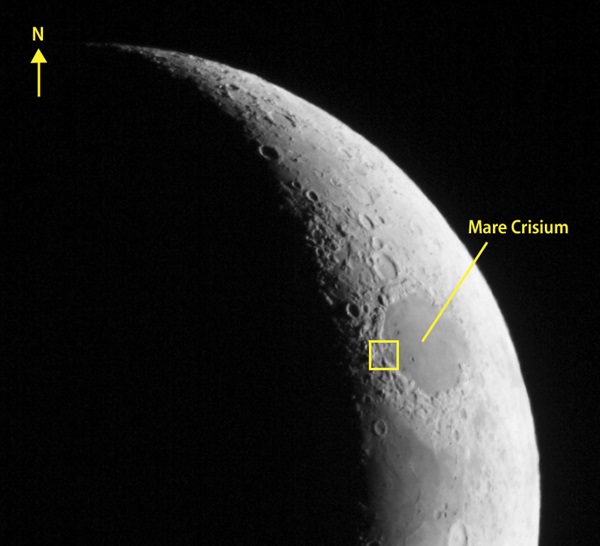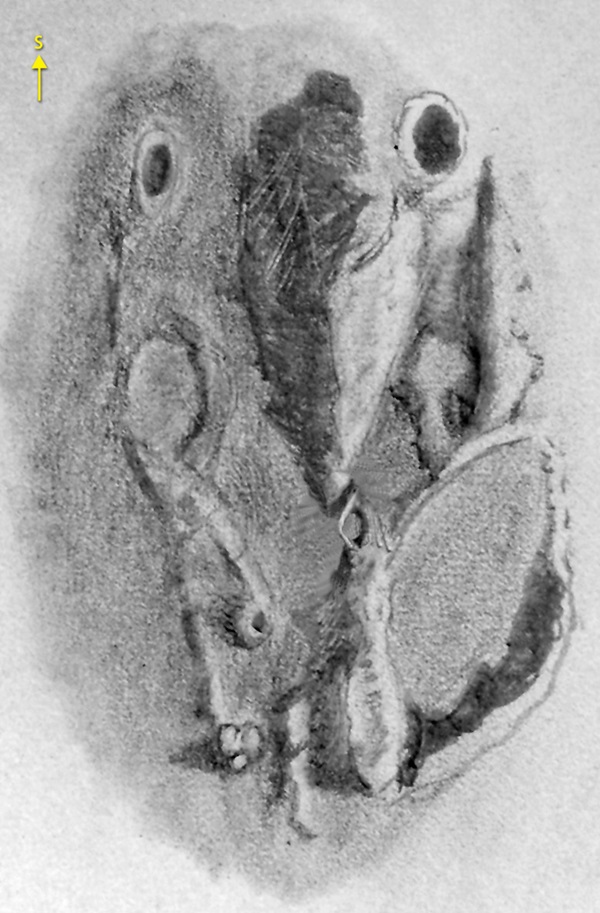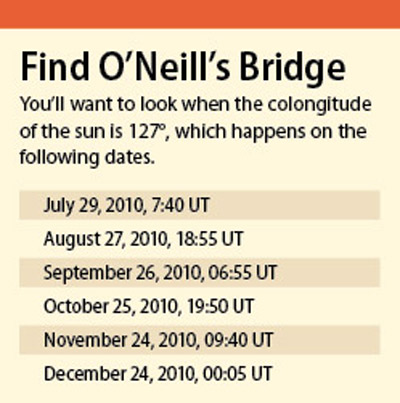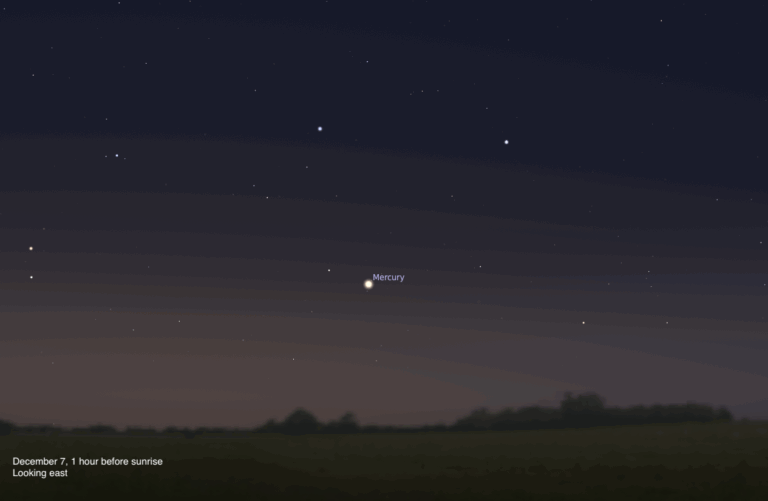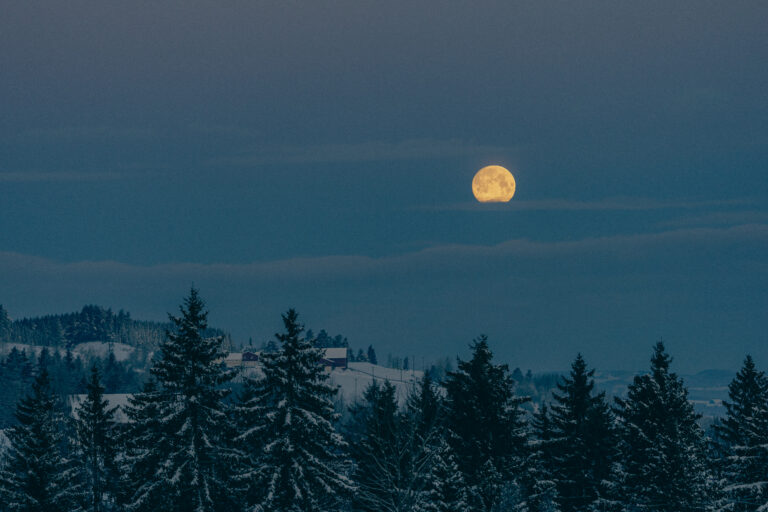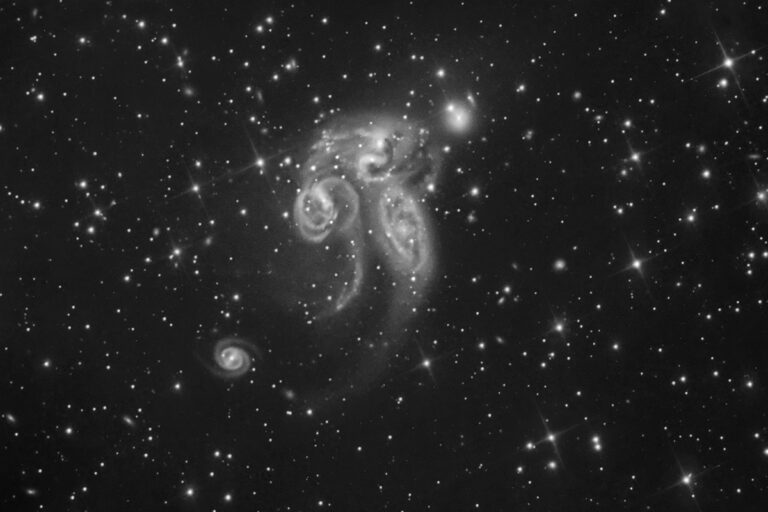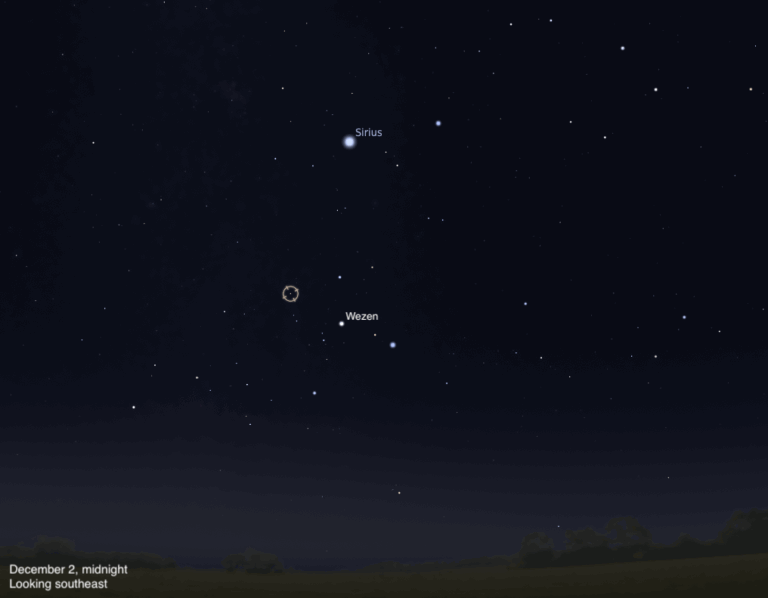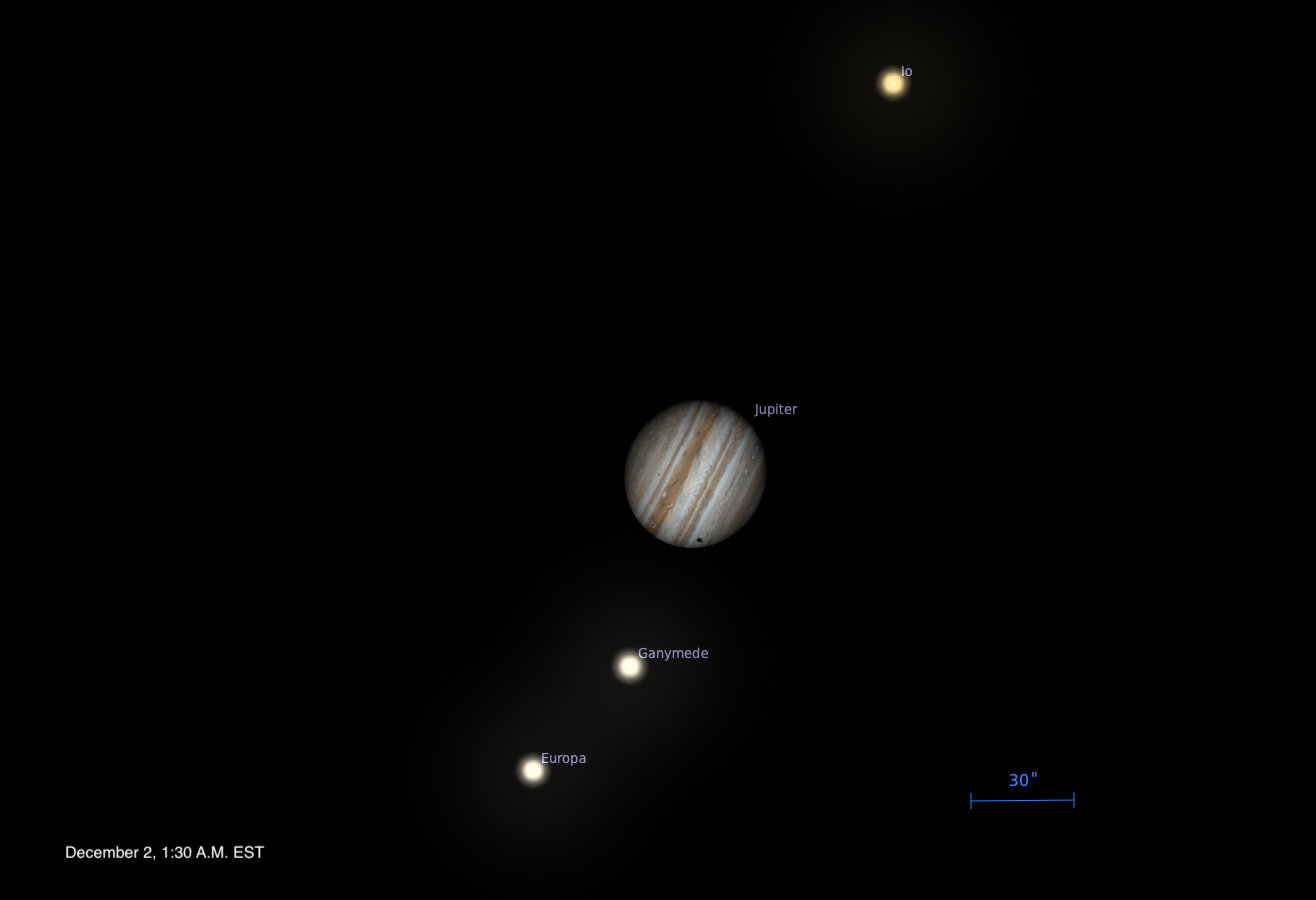Key Takeaways:
In this futuristic story, drama unfolds as the lunar tourist cruiser Selene sinks 50 feet (15 meters) into a sea of moondust after the collapse of an underground cavern the ship traveled over. While the passengers and crew await rescue, Mr. Radley (a New Zealand accountant who believes “saucerites” are after him) admits that he came to the Moon disguised as a tourist to find evidence of O’Neill’s Bridge.
Radley recounts how an American astronomer named O’Neill discovered an artificial bridge on the rim of Mare Crisium. “Other astronomers, of course, laughed at him,” Radley scoffed, “but less prejudiced ones confirmed the existence of the bridge. Within a few years, however, it had vanished. Obviously, our interest had alarmed the saucer people, and they had dismantled it.”
While Clarke’s novel is fiction, Radley’s account of O’Neill’s discovery is, for the most part, accurate. In fact, observers today still have fun using their telescopes to sail the western shores of Mare Crisium in search of the mysterious lunar feature that once haunted the minds of astronomers on both sides of the Atlantic Ocean.
On the morning of July 29, 1953, John J. O’Neill, science editor for the New York Herald Tribune, turned his 4-inch refractor to the Moon and began surveying Mare Crisium’s western rim at 90x. A low Sun lit up the region’s lofty peaks, which stood like islands in a black sea of shadow. But O’Neill’s attention turned to a small fan of light that breached the surrounding darkness. It emerged from a tiny gap between the tips of two lunar headlands: Promontorium Olivium and Promontorium Lavinium. Curious, he increased the magnification to 125x, then to 250x.
At that higher power, something remarkable snapped into view: a “gigantic natural bridge” arcing over the gap like one of those stone marvels of the American Southwest. Spanning about 12 miles (19 kilometers) in length, however, O’Neill’s Bridge would have dwarfed any of Earth’s natural arches, the most prominent of them spanning less than 300 feet (92 meters).
After 90 minutes of observing, O’Neill became convinced of his discovery. After alerting other observers, confirmations soon began to trickle in. The most promising came from Hugh Percy Wilkins, director of the British Astronomical Association’s (BAA) Lunar Section, who used a 15-inch Newtonian reflector to verify the arch’s existence. Wilkins saw not only the arch with sunlight streaming beneath it, but also the bridge’s shadow on the surrounding lunar terrain. It was, beyond a shadow of a doubt (excuse the pun), real.
In a British Broadcasting Corporation radio interview on December 23, 1953, Wilkins shared his observations with listeners. “Now this is a real bridge,” he explained. “Its span is about 20 miles from one side to the other, and it’s probably at least 5,000 feet or so from the surface beneath.”
Asked whether he was “quite certain” that he didn’t somehow mistake the bridge for some other object, Wilkins replied, “Oh, no, there’s no mistake at all. It’s been confirmed by other observers. It looks artificial.”
When asked to clarify “artificial,” he replied, “Well, it looks almost like an engineering job.”
A sensational story based on Wilkins’ interview ran in newspapers across America, raising the ire of skeptical colleagues on two continents. Wilkins retorted that the media had taken his views out of context. But the damage had already been done. Indeed, the story of O’Neill’s Bridge soon captured the attention of UFO buffs.
In his 1955 book, The Flying Saucer Conspiracy, Major Donald E. Keyhoe contributed a slightly different version of O’Neill’s discovery description: “The huge structure appeared sharply in outline, an unbelievable engineering marvel apparently erected in weeks, perhaps in days.” Keyhoe added that “not even O’Neill dared to tell the whole story,” noting that in his report to the Association of Lunar and Planetary Observers, O’Neill called it “a gigantic natural bridge.” Keyhoe continues, “But the sudden appearance of such a structure by an act of nature was absolutely impossible, as many privately admitted.”
Writing about this latter feature in his 1963 book A Survey of the Moon, Patrick Moore says, “This may be so: but at best it is a tiny natural feature of no interest or importance whatsoever.”
If you’d like to search for O’Neill’s Bridge, the best time to look is when the Sun is near a lunar colongitude of 127°. What you see will depend not only on how close Promontorium Olivium and Promontorium Lavinium are to the lunar terminator (the dividing line between night and day on the Moon), but also on lunar libration effects — the small rocking (east-west) and nodding (north-south) motions of the Moon over time.
Of course, no one knows exactly what O’Neill saw because the “bridge” doesn’t exist. But since the summer of 2008, I’ve enjoyed surveying the area under different lighting conditions. Although I’ve never seen the actual gap bridged, a crater on Promontorium Olivium close to the gap can resemble a natural arch under the right lighting conditions, when seen with south up. Remember, significant changes in the shape and appearance of lunar surface features can occur in as little as a half-hour of watching, so be patient and have fun.
June 2010: Phantasmagoria: transient luminous events
See an archive of Stephen James O’Meara’s Secret Sky


